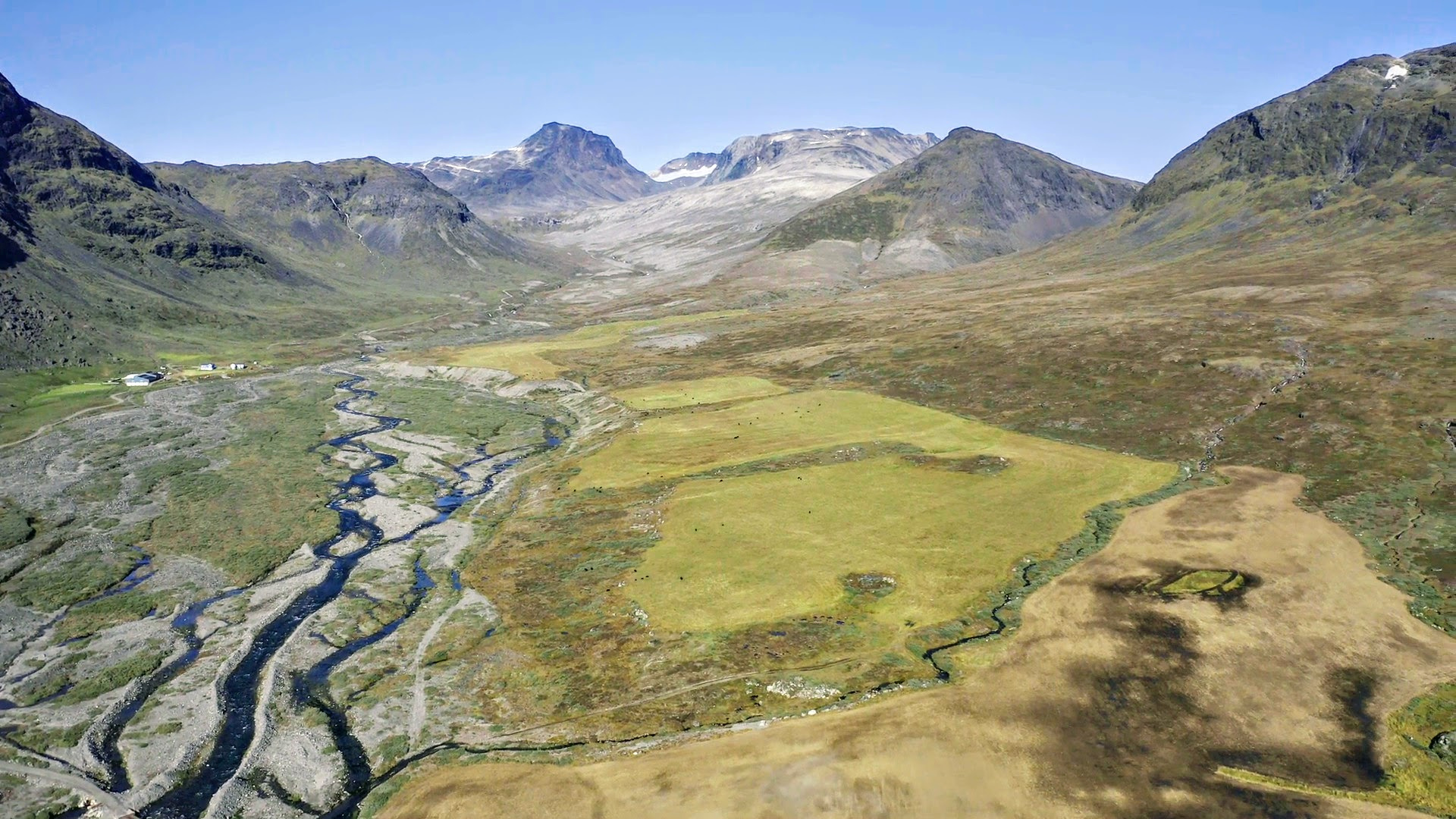Greenland restores uranium ban — likely halting a controversial rare earths mine
Greenland Minerals stopped trading after an Inatsisartut vote that would preclude its combined rare earths and uranium project at Kuannersuit.

Greenland’s legislature has reinstated its near-complete ban on uranium mining — and in so doing has made it all but impossible for the mining project that was the main beneficiary of its 2013 repeal to win approval.
The measure passed by a two-vote margin in the 31-member Inatsisartut on Tuesday and will ban all aspects of mining activity, including exploration, in areas containing even low levels of uranium and other radioactive elements.
Reinstating the ban — and preventing the controversial Kuannersuit (also known as Kvanefjeld) mine — was a campaign pledge that helped bring the Inuit Ataqatigiit party to power in April.
Efforts to push legislation reinstating the ban through the national assembly had taken place at the same time as Greenland Minerals, the project’s Australian owner, was seeking final approval after more than 14 years of work and a reported cost of $100 million. The ban was voted on just a week after the firm had submitted a white paper to approval authorities that it argued addressed concerns that had come up during a public-consultation period that ended in September.
[Greenland’s new government reiterates its opposition to uranium mining]
On Wednesday morning, however, Greenland Minerals requested that sales of its shares be suspended until Friday, pending an announcement to the Sydney bourse.
Although Kuannersuit is billed primarily as a rare earths mine, the area where the mining activity would take place is also rich in uranium, containing three times the limit set by the reinstated ban.
That has raised fears that mining there would kick up radioactive dust that would foul the nearby town of Narsaq and its adjacent farming and grazing areas. Conservation groups had also expressed concern that the company’s plans to store mining waste — including radioactive thorium — in pools of water, posed an environmental threat.
[Greenland officials extend hearing period, add meetings ahead of Kuannersuit mine decision]
When the ban was proposed, Orano, a French uranium miner, announced it would stop its exploration activities in Greenland.
Though uranium is naturally occurring in low levels many places in Greenland, other mining firms, including those hunting for rare earths in the same part of the country, have said the ban will not affect them.
Nevertheless, legislators who did not support the measure, as well as prominent geologists, said they were concerned that the limit was so low that it would hamstring development of the country’s mining industry, which all parties in Greenland agree is crucial if Greenland is to wean itself off the 3.5 billion kroner ($540 million) subsidy it receives each year from Denmark.
By Greenland Energy’s own calculations, Kuannersuit could generate 1.5 billion kroner for Greenland each year for 37 years, although experts have suggested that figure is an exaggeration.